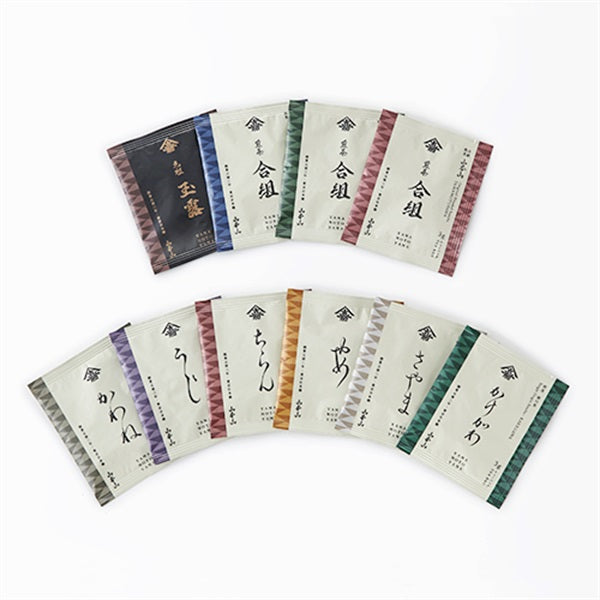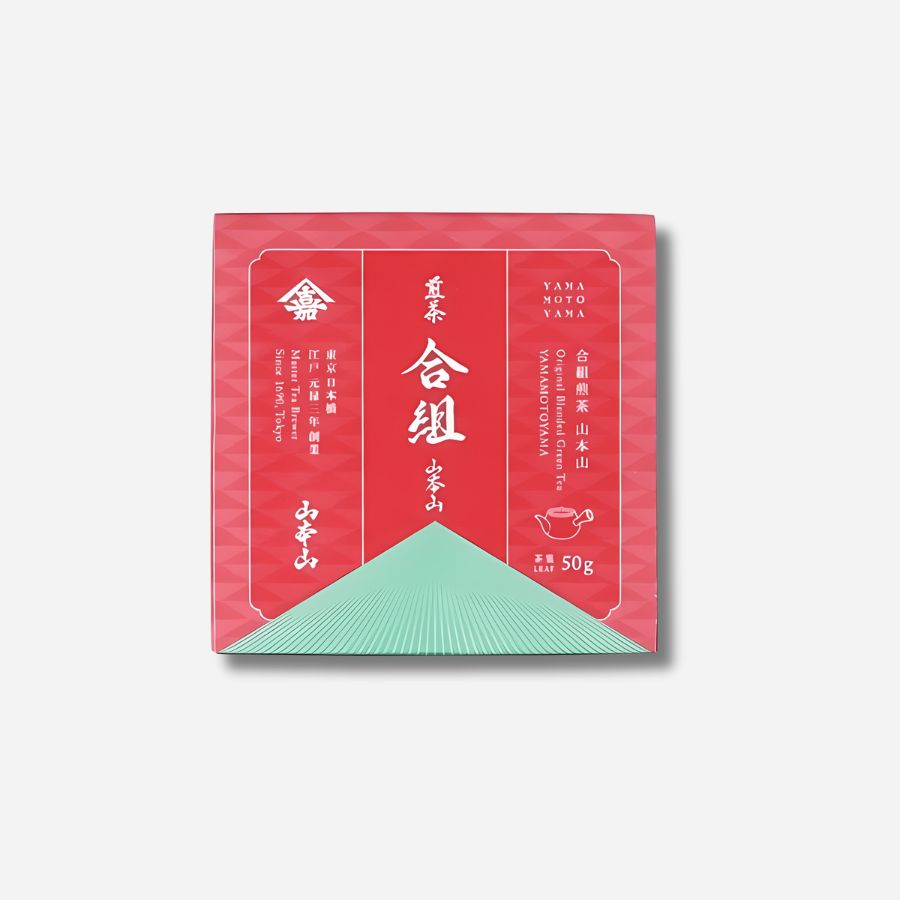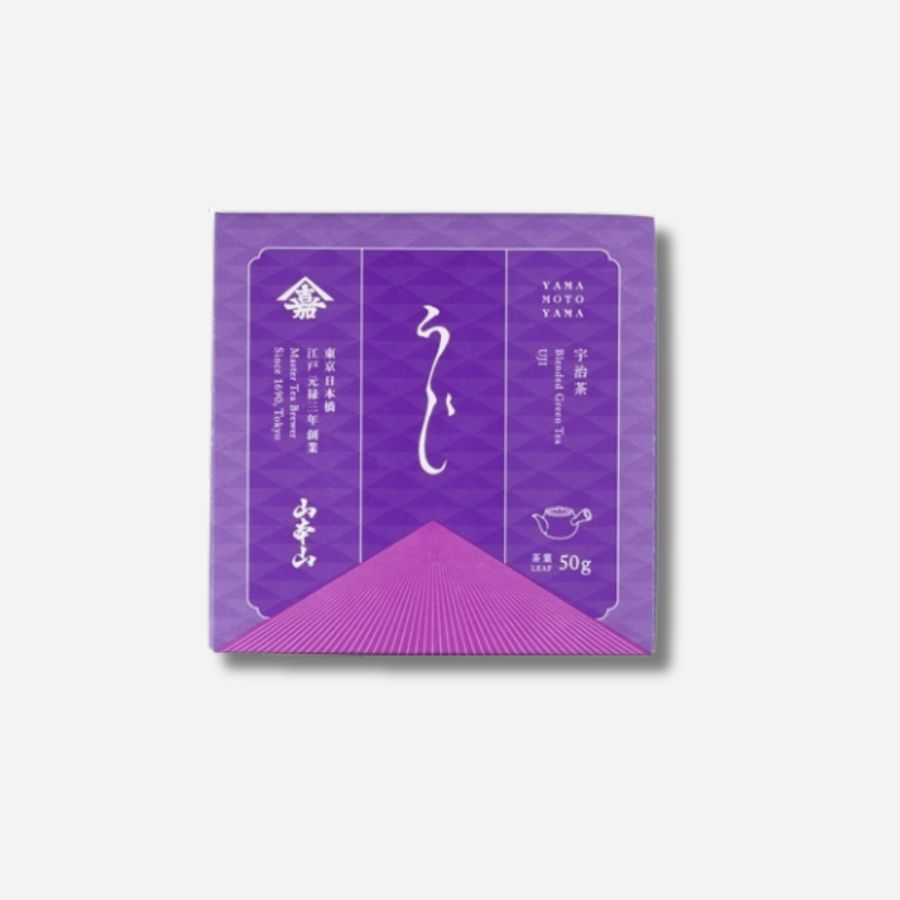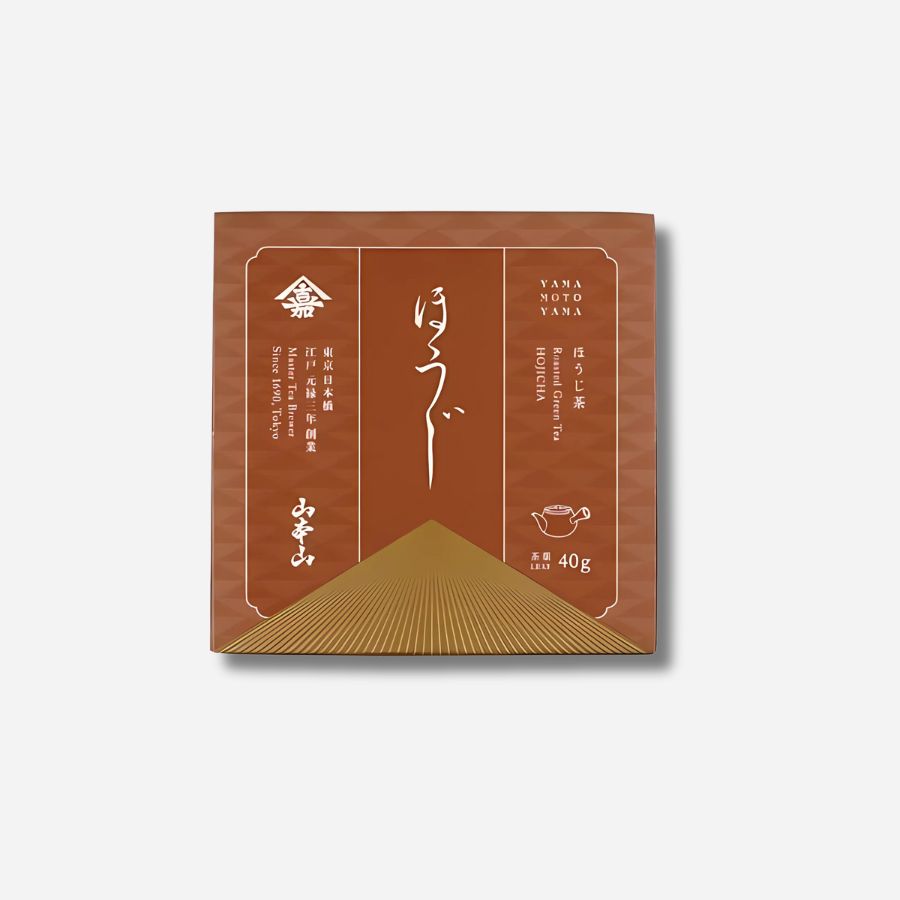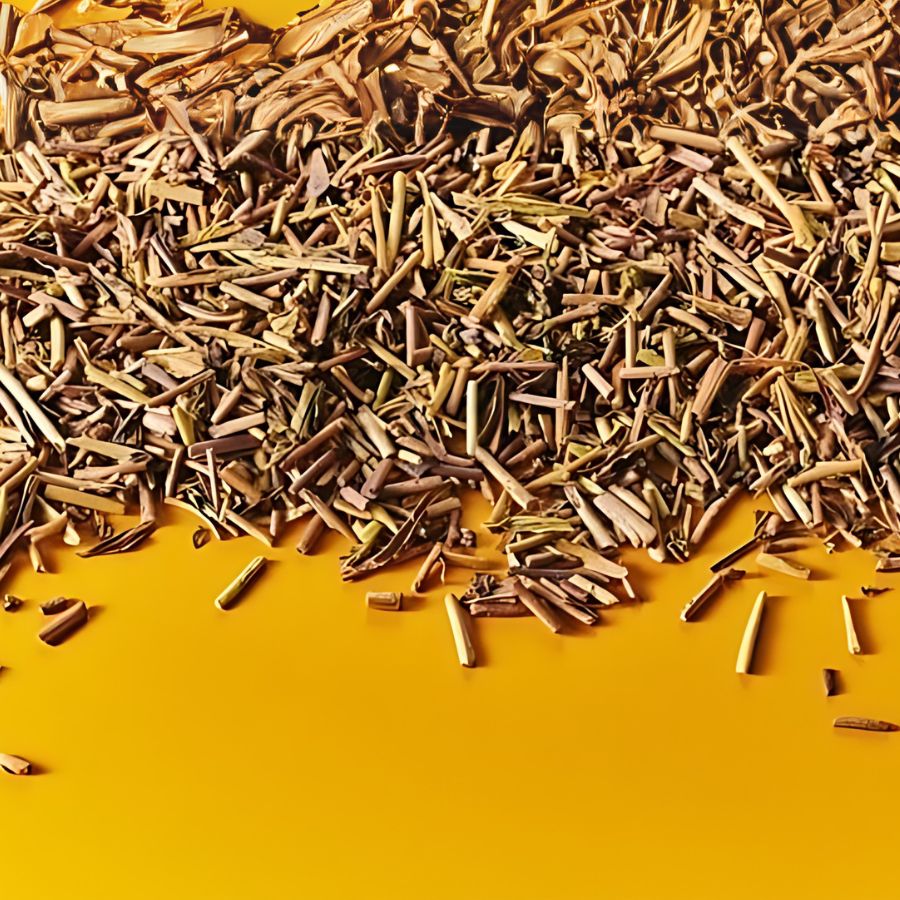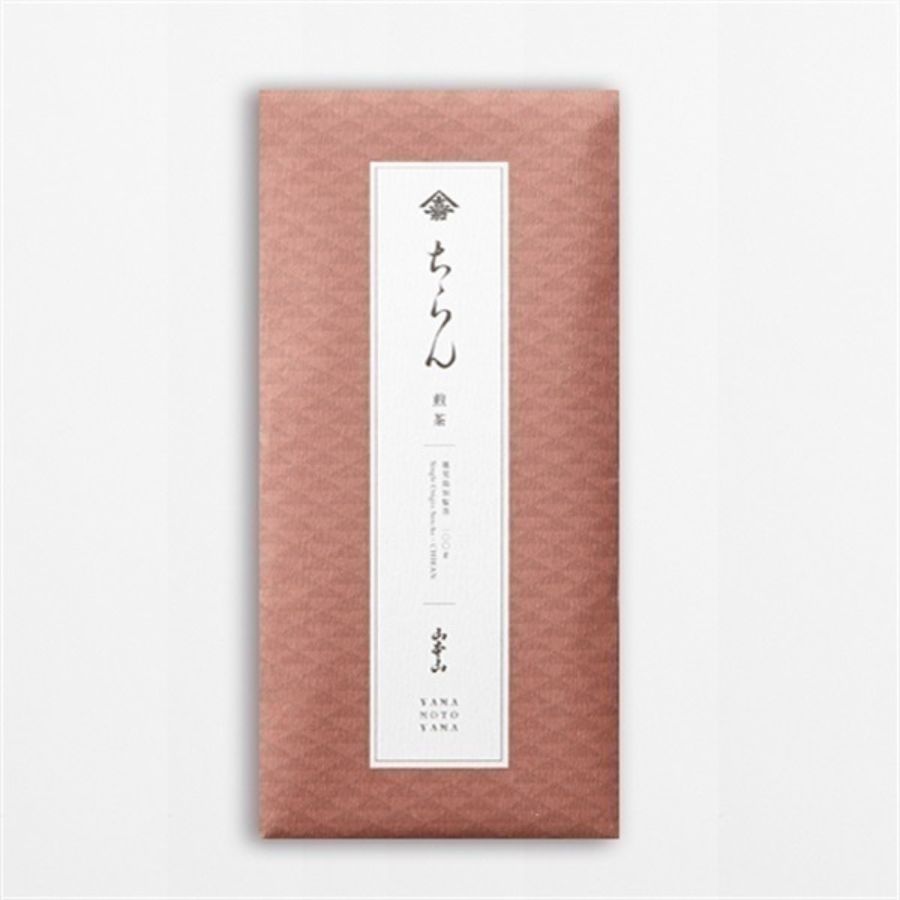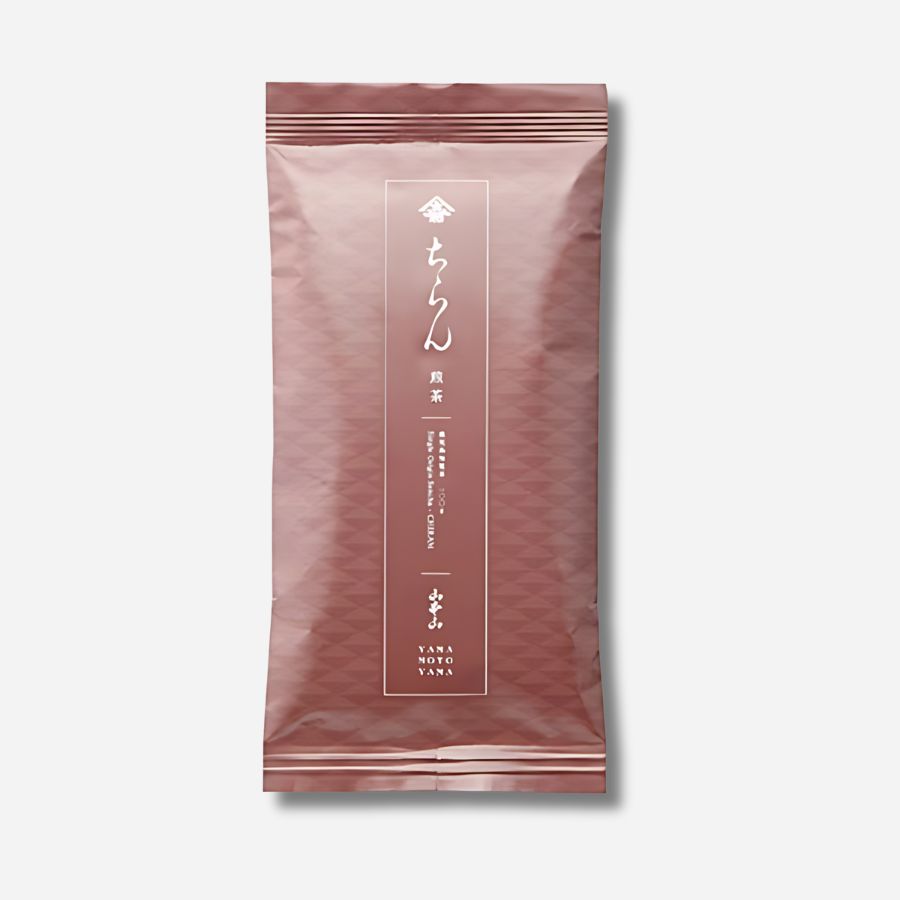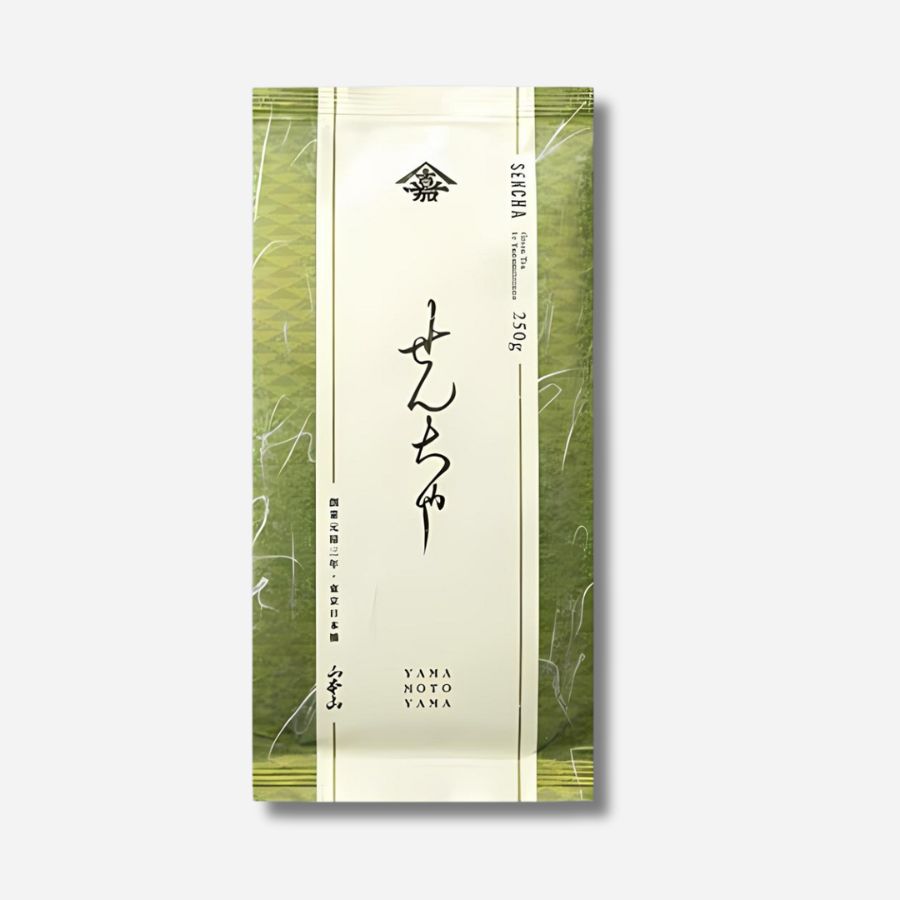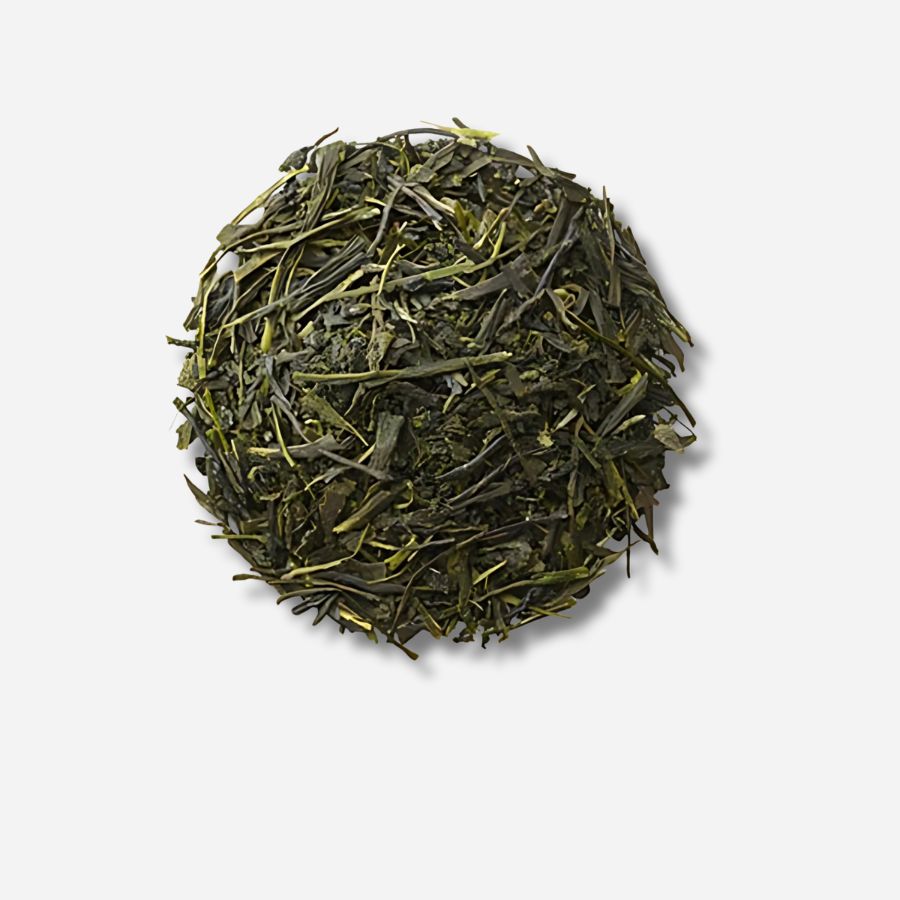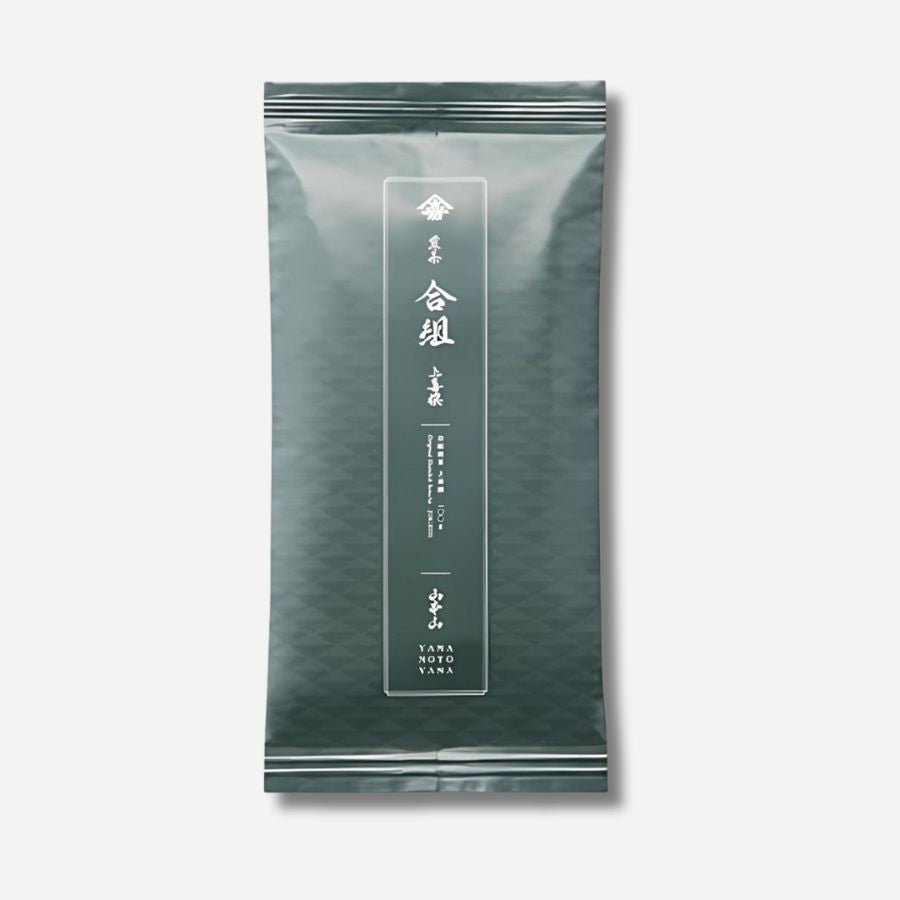
Just one tip can make all the difference! How to make surprisingly delicious tea
Introduction
Here are some important points to remember when brewing delicious tea.
Remember it well and aim for the perfect cup.
There are three essential elements to brewing delicious tea. We will explain them step by step.
1. Use good quality water
Water is an important factor that affects the taste of tea. It is said that it is best to brew Japanese tea with "soft water" which brings out the flavor naturally.
Soft water, which has a low mineral content, does not affect the ingredients in the tea, allowing you to enjoy the original flavor of the tea leaves. On the other hand, hard water is said to suppress the leaching of catechins, resulting in a taste that is less bitter than the typical Japanese tea.
Except for some areas such as Okinawa, tap water in Japan is classified as soft water, so there is generally no problem using tap water.
If you use tap water, make sure to thoroughly remove the chlorine before using it. You can use a water purifier or boil water and leave it for a while before using it.
Boiling the water will reduce the chlorine smell, and if it bothers you, you can leave it for 4-5 hours (make sure to keep it in a cool place) or pass it through a water purifier containing activated charcoal to make it safer.
In order to make delicious tea, once the water has boiled, it is important to keep boiling it for 1-2 minutes. This not only helps to remove the chlorine smell, but it is said that by continuing to boil the water, the water clusters (aggregates of molecules) become finer, making it easier for the water molecules to penetrate the tea leaves, bringing out the tea's ingredients and flavor.
2. The right temperature for the tea leaves
The ideal water temperature varies depending on the type of tea.
- Gyokuro: 50-60℃, steeping time 2-2.5 minutes
- Premium Sencha: 70℃, steeping time 2 minutes
- Mid-grade Sencha: 90℃, steeping time 1 minute
- Houjicha, Genmaicha, Bancha: boiling water, steeping for 30 seconds
Gyokuro is enjoyed for its balance of rich umami and sweetness with slight bitterness and astringency.
Gyokuro makes full use of the amino acids that dissolve even at low temperatures, while at the same time suppressing bitter components such as catechins and caffeine. To this end, the water temperature is kept low at 50-60°C and the steeping time is long at 2-2.5 minutes.
For high-grade sencha, the water temperature should be around 70℃ and the steeping time should be around 2 minutes. However, since there are some high-grade sencha that are easy to brew, the steeping time needs to be adjusted depending on the tea.
On the other hand, everyday teas such as low-grade sencha and bancha have less umami components compared to high-grade teas, but the astringency and bitterness are not that different from other teas. Therefore, it is best to brew them quickly using boiling water and steeping for about 30 seconds.
Also, the higher the temperature, the more the tea's aroma will stand out. Therefore, for teas that you enjoy for their aroma, such as hojicha and genmaicha, it is best to brew them with hot water that has just been boiled.

How to adjust the temperature of the water
You can use a thermometer to regulate the temperature of your water, but there's an easier way.
The temperature of hot water drops somewhat regularly each time it is transferred from one container to another, so it is a good idea to use this as a guide when adjusting the temperature.
The temperature of hot water drops by about 7°C each time it is poured into another container. If the water in the pot is about 90°C, when you pour it into the teapot it will be 82°C, and when you transfer it from the teapot to a teacup it will be about 75°C. If you then pour the water back into the teapot, the teapot will be warm and will be about 70°C.
If you transfer the tea to a different container and adjust the temperature, the tea bowl will also warm up, making the tea even more delicious.If you transfer the tea to a different container and adjust the temperature, the tea bowl will also warm up, making the tea even more delicious.
Please use this as a guide to adjust the water temperature to suit your tea leaves.
3. Follow the correct brewing method
There are three steps to keep in mind when pouring Japanese tea. We will explain the important points and tips for each step in order.
- Do not shake the teapot
- Pour in a circular motion
- Pour until the last drop
1. Don't shake the teapot
Although it's tempting to do this, swirling the teapot after pouring in the hot water in an attempt to bring out the color and flavor in a stronger way is a no-no as it will cause unpleasant flavors.
This will cause not only the umami components of the tea, but also the bitter and astringent components to dissolve. Take your time and wait for the tea leaves to dissolve naturally and for the elegant flavor of the tea to dissolve into the hot water.
2. Instead of pouring everything at once, pour in small swipes
When brewing tea, always pour it in a circular motion rather than pouring it into each teacup one by one.
For example, if you have three tea bowls, A, B, and C, pour from one bowl to the other in the following order: A → B → C, C → B → A, A → B → C. This makes it easy to adjust the strength and amount of tea.
Even if you are pouring into one teacup, be sure to pour in multiple batches.
When comparing tea poured into one teacup in one, two, or three pours with tea poured all in one go, the latter will taste a bit watery and be a lighter color.
3. Pour until the last drop
The most important thing when brewing tea is to pour out all the tea until the last drop.
Even if you feel like you've used too much hot water, be sure to pour until the very last drop. It is said that the last drop is the most valuable, as it is the most flavorful and nutritious.
Also, when brewing tea, it is common to brew a second infusion, but if the water is not properly removed from the first infusion, the second infusion will end up being very bitter or astringent.
Unpressed bancha tea and hojicha tea, which has low tannins, are less likely to become bitter even if left to soak for a long time, but sencha tea, which has been pressed and has damaged the texture, will become increasingly bitter.
Also, if the tea is left for a while, it may oxidize and lose its flavor.
If you measure the amount of hot water into a teacup first, you won't end up with too much and not being able to pour it all. Make sure to pour everything down to the last drop.
Bonus: Once you've finished pouring, move the lid of the teapot
If you leave the lid on the teapot after pouring the first brew, the steam will cause the tea leaves inside to open up, which will cause the second and subsequent brews to be bitter or astringent.
Once you have finished pouring, remove the lid and move it slightly to avoid the tea leaves becoming too steamy by releasing the heat from inside the teapot.

Finally
What did you think? This time we introduced some tips for brewing delicious Japanese tea.
Some people may think that having to wait or adjust the temperature is a hassle, but that just shows how complex the world of Japanese tea is.
Please use these tips to master the delicious ways to drink tea and enjoy the world of Japanese tea.





